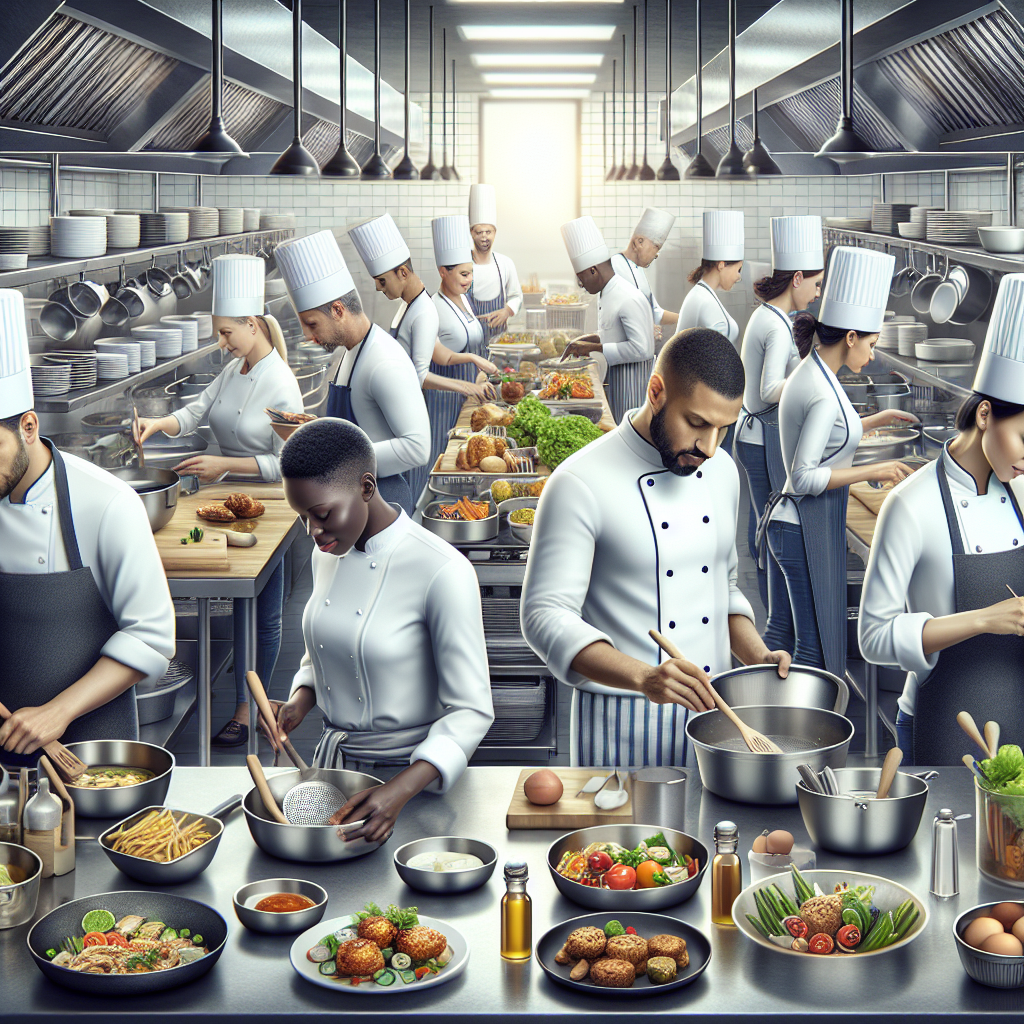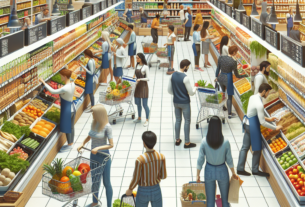The State of the Foodservice Industry in 2025
In 2025, the foodservice industry has undergone significant changes, particularly in the way food is delivered and consumed. With the rise of technology and changing consumer preferences, the traditional in-restaurant dining experience is evolving to include more online ordering and delivery options. This shift has led to a new dynamic between online and offline dining experiences, each with its own set of challenges and opportunities.
Market Share and Trends
According to a recent report by CulinaryCoverage.com, the online food delivery market has seen substantial growth in recent years, with major players like UberEats, DoorDash, and GrubHub dominating the market. In 2025, online food delivery services account for approximately 30% of the total foodservice market share, a significant increase from just 15% in 2020.
On the other hand, traditional in-restaurant dining still holds a majority share of the market, accounting for around 70% of total foodservice sales. However, this number has been steadily decreasing as more consumers opt for the convenience of ordering food online and having it delivered to their doorstep.
Financials and Volumes
In terms of financials, the online food delivery market is expected to reach a value of $200 billion by 2025, representing a significant portion of the overall foodservice industry revenue. This growth can be attributed to the increasing demand for convenience and speed in food delivery, as well as advances in technology that make ordering online easier than ever.
On the other hand, in-restaurant dining revenue is projected to remain steady, with a slight decline in growth due to the competition from online delivery services. However, many restaurants are adapting to this changing landscape by offering their own delivery services or partnering with third-party delivery platforms to reach a wider customer base.
Challenges and Opportunities
One of the main challenges facing the foodservice industry in 2025 is the competition between online and offline dining experiences. While online delivery offers convenience and speed, in-restaurant dining provides a more social and immersive experience that many consumers still prefer.
Restaurants must find a balance between catering to both online and offline customers to remain competitive in the market. This may involve investing in technology to streamline online ordering and delivery processes, while also creating unique dining experiences to attract in-restaurant diners.
Future Plans and Innovations
Looking ahead, the foodservice industry is poised for further innovation and growth, particularly in the realm of technology. Many restaurants are exploring the use of artificial intelligence and data analytics to personalize the customer experience and improve operational efficiency.
Some restaurants are also experimenting with virtual reality and augmented reality to enhance the dining experience, allowing customers to visualize their meals before ordering or even interact with virtual servers. These technologies have the potential to revolutionize the way food is delivered and consumed, blurring the lines between online and offline dining experiences.
In conclusion, the evolution of food delivery and in-restaurant experiences in 2025 is a reflection of changing consumer preferences and advances in technology. While online delivery services continue to grow in popularity, traditional in-restaurant dining remains a staple of the foodservice industry. By embracing innovation and finding a balance between online and offline experiences, restaurants can thrive in this dynamic market landscape.


